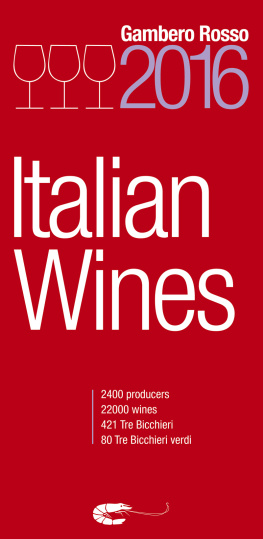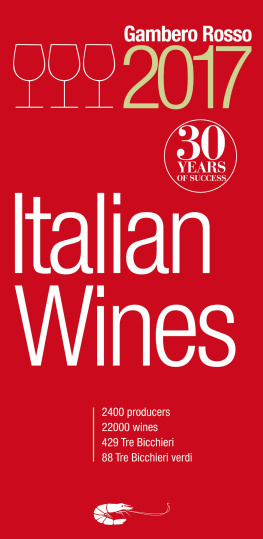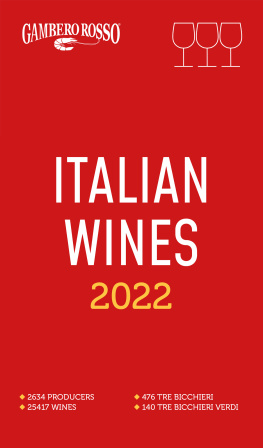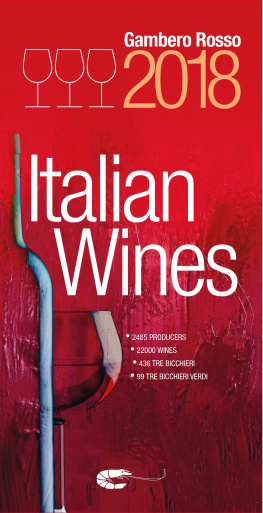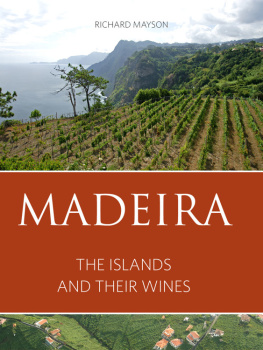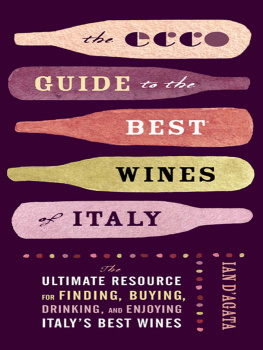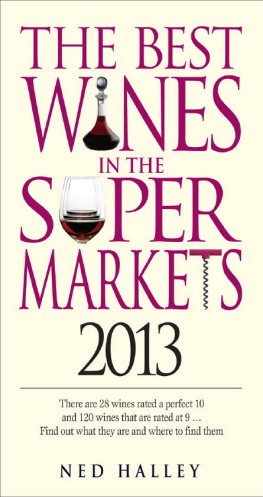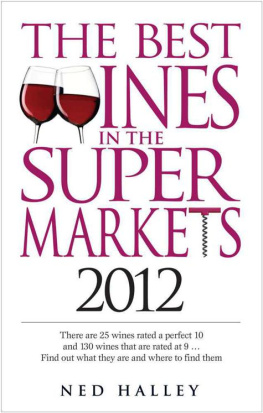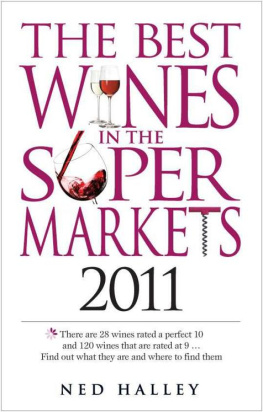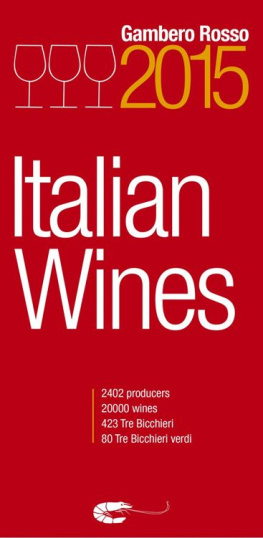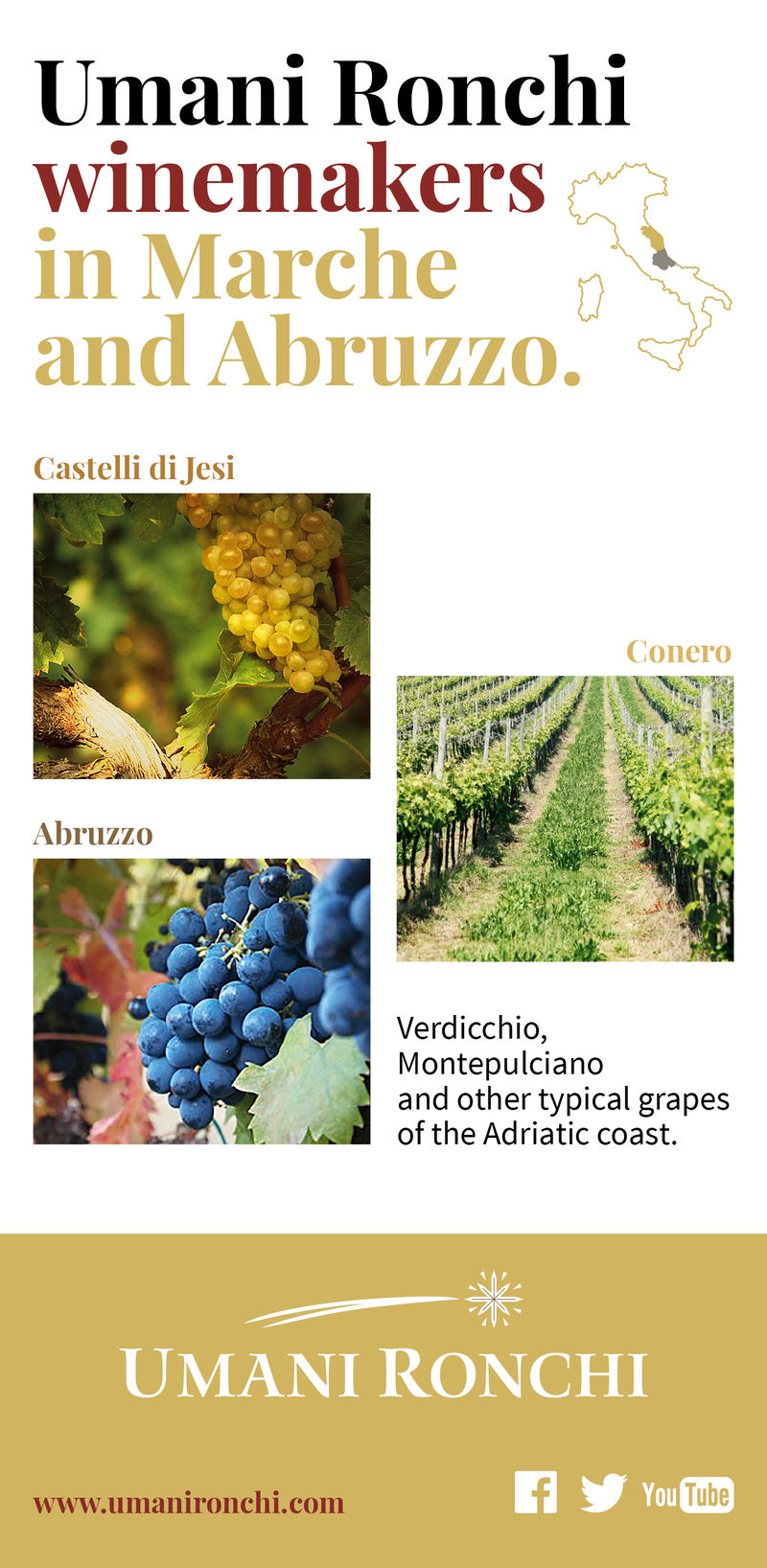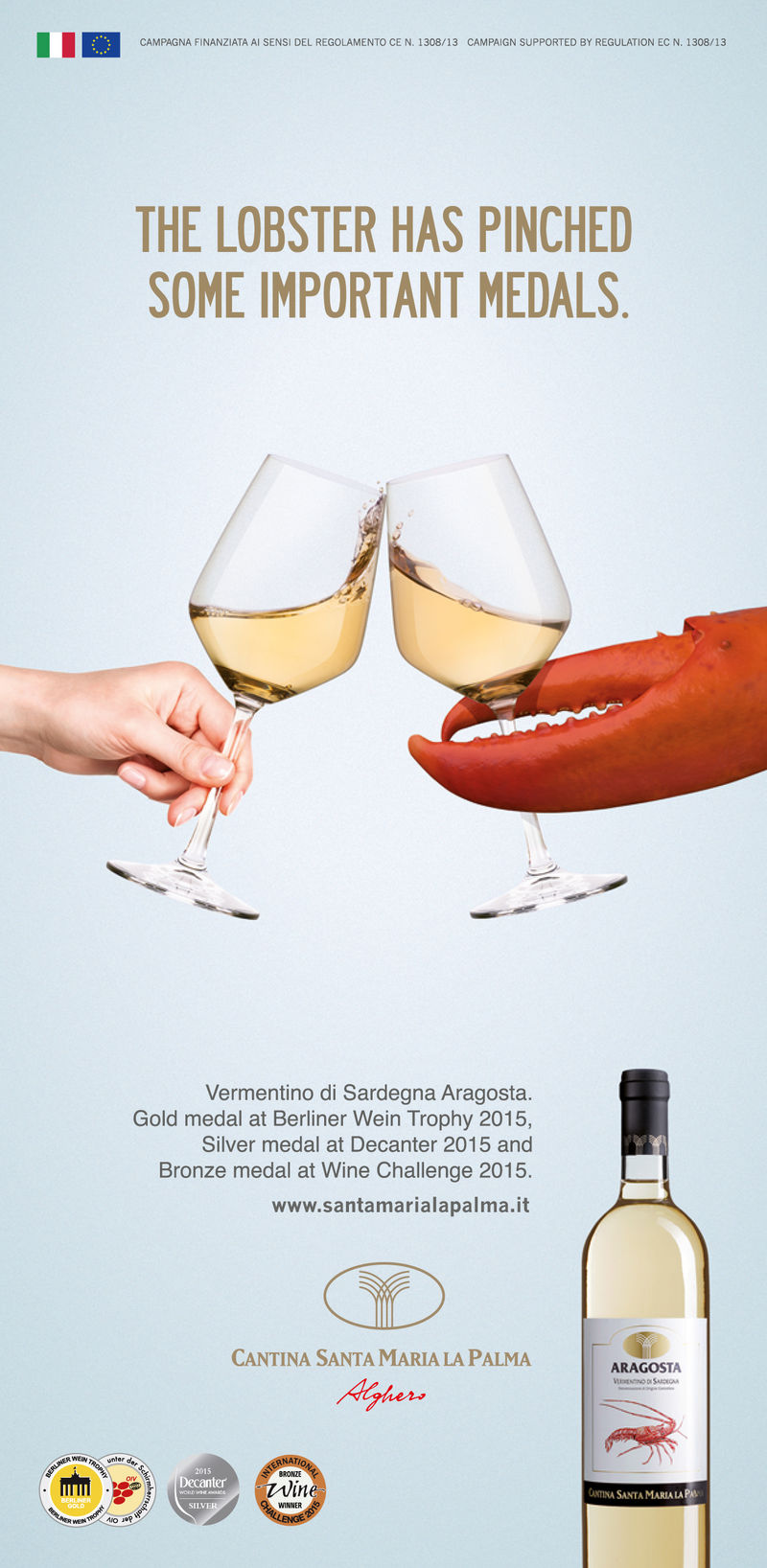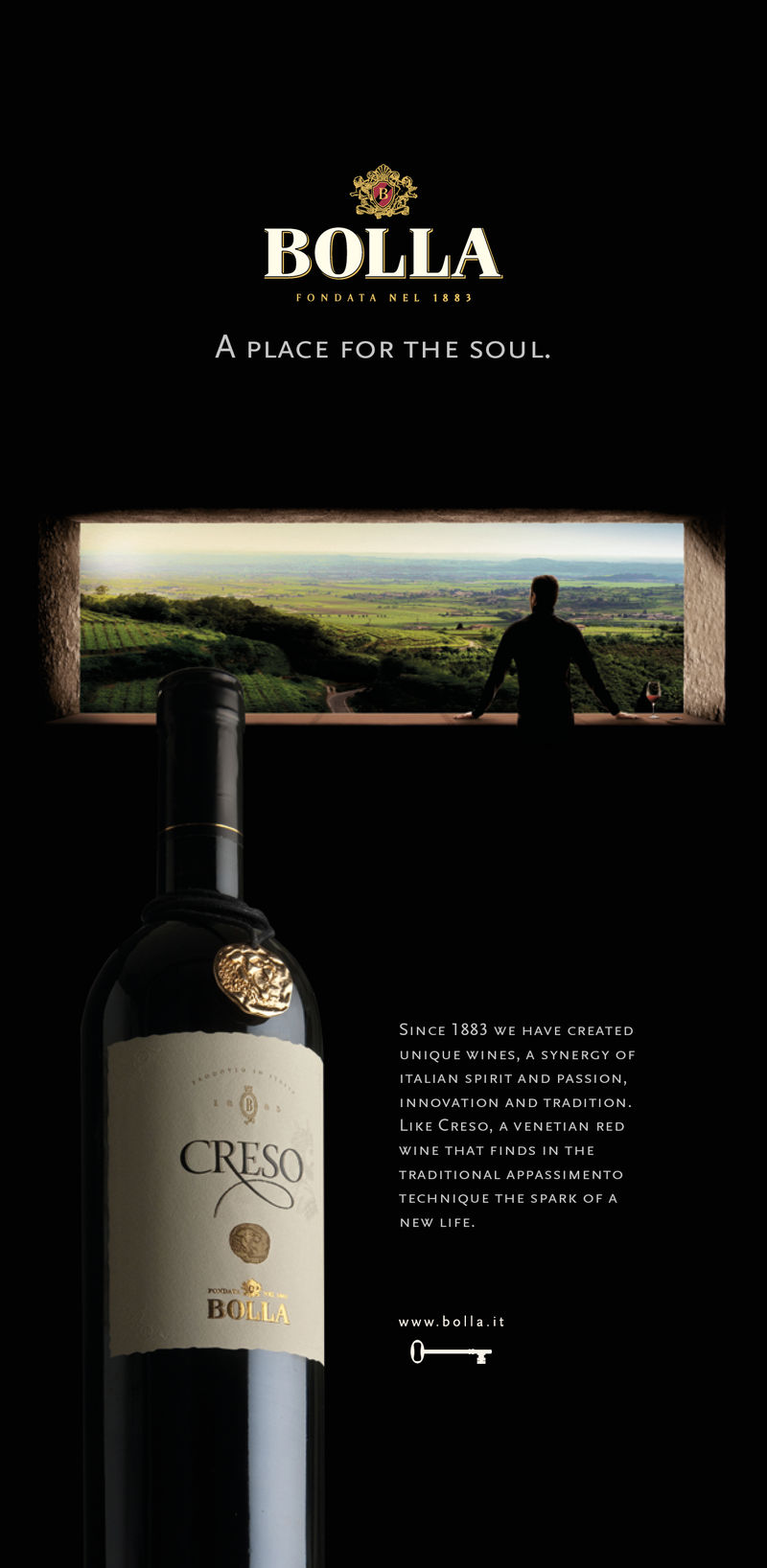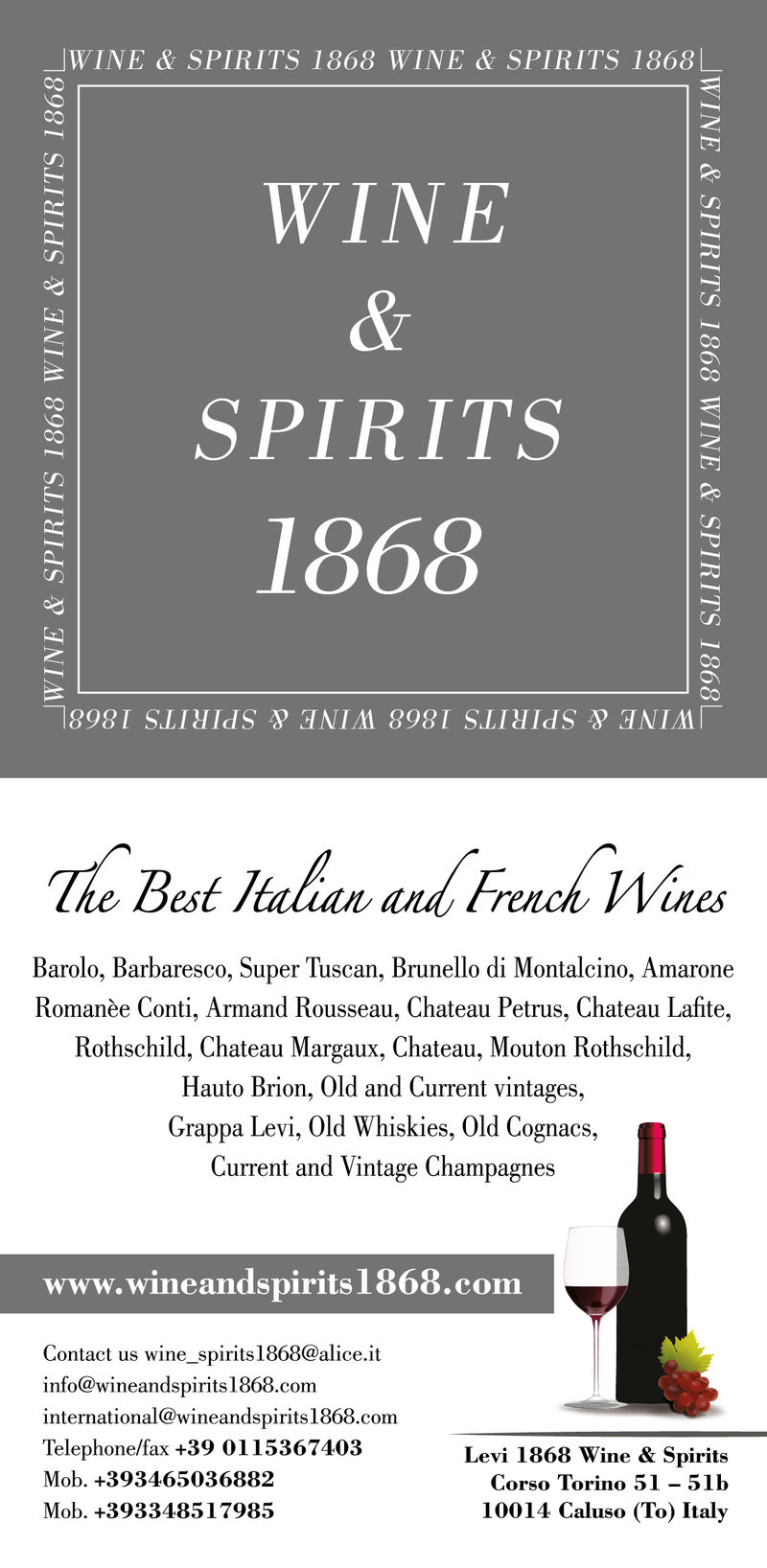THE GUIDE
Welcome to the 29th edition of this Guide. With the world changing ever faster, even within the close confines of our little oenological universe, 29 might seem an eternity, to be measured more in terms of geological ages than in years. While everything around us has changed out of all recognition, we have tried to abide by our principles, our inspiration, and our working methods, simply fine-tuning them over the years. Italian Wines has remained true to its mission of sharing with the most judicious and passionate wine buffs all the complexity and charm of the Italian wine scene, probably the most intricate and intriguing anywhere in the world. Nowhere else is there such a variety of terroirs, winemaking techniques both modern and traditional, and a native grape heritage of such excellence, all of which are key factors in making our oenological scenario such an incredibly multicoloured and variegated mosaic. As the crow flies, Passito di Pantelleria and Passito di Chambave may be vinified over 1,000 kilometres from each other, using very different techniques and varietals, from two terroirs Mediterranean and Alpine, respectively that could scarcely be further apart. That said, if we read them as we should (or should we say breath in deeply from the glass) and recap their histories, we come to realize that they are products of a single civilization, of the same culture, of which we are the heirs and guardians. Despite some obvious differences, their DNAs, if you like, largely overlap. And though they have different accents, they still speak the same language. So this is our mission, to tell the stories of Italian wines and winegrowers large and small in a simple and easy-to-understand style, as they are one of the driving forces of our economy, working with passion to preserve all that is best about our countryside. They are its true custodians, and we are proud and pleased to bring the fruits of their toils to the attention of the rest of the world. And we do all this without any sectarian bias, with great open-mindedness, with no ideological barriers or obstacles: here there are both large-scale and boutique producers, industrial concerns churning out millions of bottles and small-scale winemakers, international brands but also biodynamic wines, orange wines created by macerating skins, others aged in small wood, or else in amphorae as our forefathers did some 2,000 years ago. Here in these pages there is some of the best of everything, carefully selected with intellectual honesty and secular spirit. Among the changes introduced in this edition, as well as an indication of the type of production (conventional, organic or biodynamic), there is also an indication of which wineries follow strict sustainability criteria. This is an area to which we are particularly committed and our faith in sustainability shines through, as can be seen in our role in the new Forum per la Sostenibilit Ambientale del Vino (www.vinosostenibile.org), which has published an online report referred to the sustainability of Italian wine. Now, after interviewing over 1,000 wineries, it is about to publish a second and to do this, we brought together a team of outstanding experts, 60 people united by their skill and passion who, in the space of just a few months, have travelled the length and breadth of Italy, tasting all of the wines reaching the market, no less than 45,000 labels, drafting tasting notes and scores. As happens every year, the best wines selected during the regional selections all headed off to Romes Citt del Gusto for the final tastings, where almost 1,500 samples were examined by a panel of three curators, plus the delegates from each area, to assign the Tre Bicchieri awards. Of course one of the reasons for the success of the Guide lies in the simplicity of the points system: good wines which we recommend are given Un Bicchiere, whereas Due Bicchieri are for the best expressions of the territory, and a Tre Bicchieri, which has now become an international trademark, goes to great wines and is now universally recognized as a symbol of Italian winemaking excellence. Wines can also be given two red glasses, where they went forward for the final tastings. Both for local panels and during finals, all tastings are rigorously blind. This year, at the end of our work we had awarded prizes to 421 wines, more or less the same number as last time round, though the number of wines we tasted and reviewed was a lot higher this year. We have reached the figure of over 22,000 wines from 2,400 winemakers, a gargantuan task, creating an extremely useful tool both for wine lovers and for wine professionals all over the world. As well as assessing all the wines we reviewed (together with their price range), this Guide also provides in-depth profiles of the winery and its winemaking philosophy, giving the reader a wide variety of useful information, from style notes for the wines to the number of hectares under vine, to the production figures, to information on the type of winegrowing, whether traditional, organic or biodynamic. Each profile is completely rewritten every year, rather than just updated. This explains its huge success on an international scale because as well as the Italian version, for years now been we have publishing translations into English, German, Chinese and Japanese, making this the worlds most popular publication on Italian wines. The reputation grown by Gambero Rosso with years of work also enables us to stage 30 different international events every year, starring the best wines of Italy. These events continue to be a huge boost for our wine exports, and a firm date on the calendars of wine lovers the world over, who throng events and make them a runaway success. At the end of another year of tastings, it is time to draw a few conclusions. In this edition we have seen a few classic terroirs come to the fore, such as Montalcino, with great 2010 vintages, or Chianti Classico with its excellent Gran Selezione wines and much more. King of the Langhe remains the Barolo with over 30 wines earning a prize, the north-east submitted some fine 2014 whites, Veneto reds are on great form, while the general improvement among southern wines and the ever-more dynamic Lambrusco mean there is always plenty to write about, from both large- and small-scale designations. Just like every year, our special prizes say it all. Red of the Year is an outstanding Etna Rosso Vigna Barbagalli 2012 from Pietradolce. Alongside is a venerable white now once again bathing in glory: the Collio Friulano 2014 from Schiopetto. Sparkler of the Year and the 40th Tre Bicchieri of all time are just reward for decades of effort from Ca del Bosco and Maurizio Zanella, who have come up with a very elegant, complex Franciacorta Vintage Collection Dosage Zro Noir Riserva 2006. The quartet is brought to a close by a sweet mountain wine of refined elegance and great intensity, Valle dAostas Chambave Moscato Passito Prieur 2013, from La Crotta di Vegneron. Winery of the Year is Allegrini from Fumane, whose alluring Amarones reach all four corners of the globe. Grower of the Year is Giulio Grasso, head of Ca del Baio, the creator of great Barbarescos. Up-and-Coming Winery is a vibrant Bolgheri cellar, the Scienza familys Guado al Melo. Best Value For Money goes to a Campanian wine, the persuasive Falanghina del Sannio Svelato 2014, from the comparatively new Terre Stregate winery. Last but not least, Sustainable Viticulture Award was deservedly won by the Manincor winery from Alto Adige, which has long made the environment a priority. There are also no less than 80 Tre Bicchieri Verdi awards, for certified organic and biodynamic wineries. And lastly there are 111 award-winning wines available at your local stores for under 15 euros a bottle.

